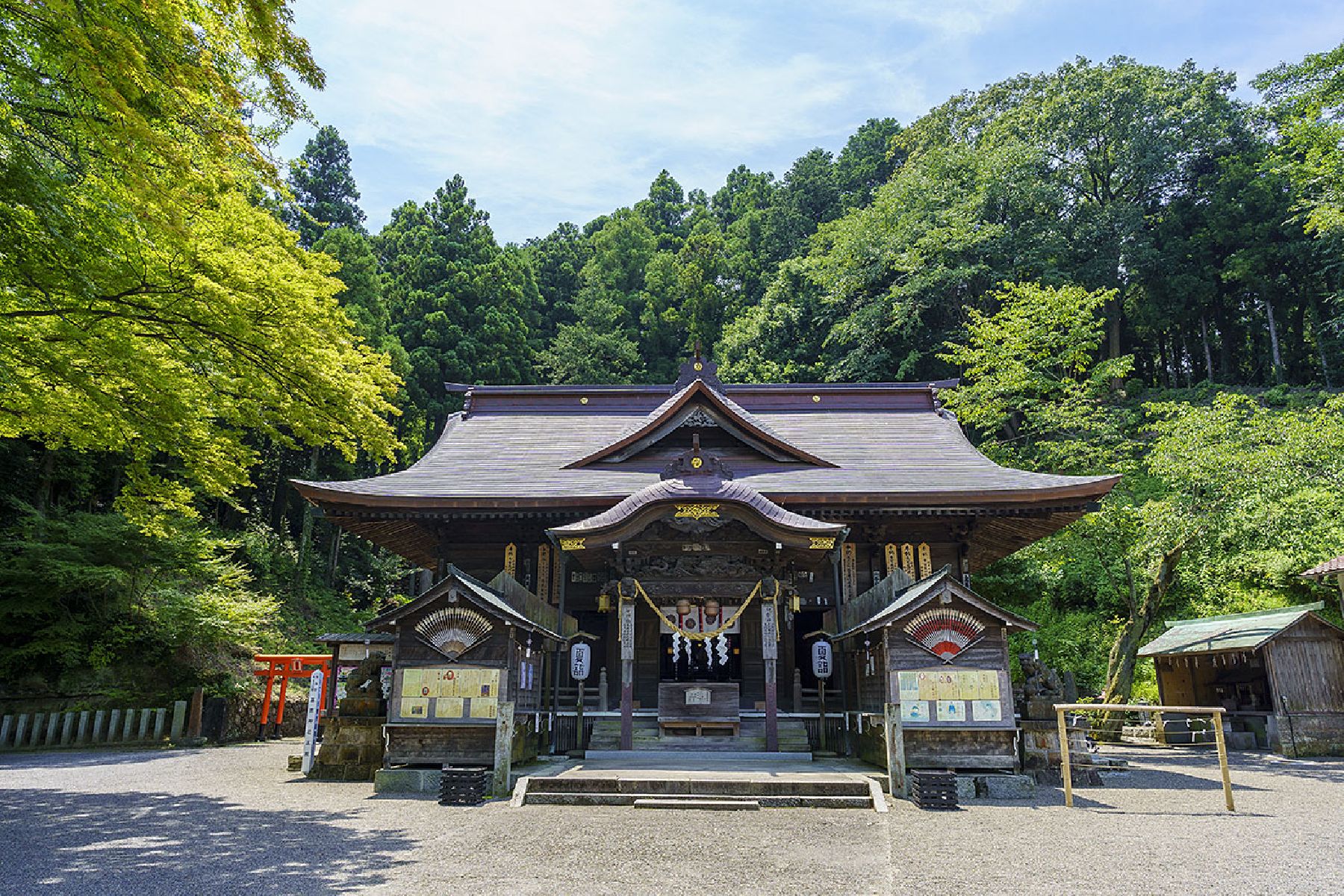
Iwaki Yumoto Onsen Shrine
The Shinto gods of hot spring water and medicine are the enshrined deities of this shrine. This Onsen Shrine is widely thought of as being Iwaki Yumoto Onsen town’s own local Shinto deity.

Kunitama Shrine (國魂神社) is located in Iwaki City, in the coastal area of Fukushima.
Three deities are enshrined at Kunitama Shrine: Okuninushi (the god of nation-building, said to be the founder of Japan); Suserihime-no-Mikoto (the wife of Okuninushi) and Shohikono.
The shrine is said to have been built in the year 806, and was renovated in 1942. The temple bell was designated as a tangible cultural property of the city of Iwaki in 1982. There is also a preserved cedar tree.
Several events are celebrated in the shrine, such as a New Year’s Day Festival, a Rice Planting Festival, and other prayer festivals. During the summer, the shrine is beautifully decorated with colorful wind chimes.
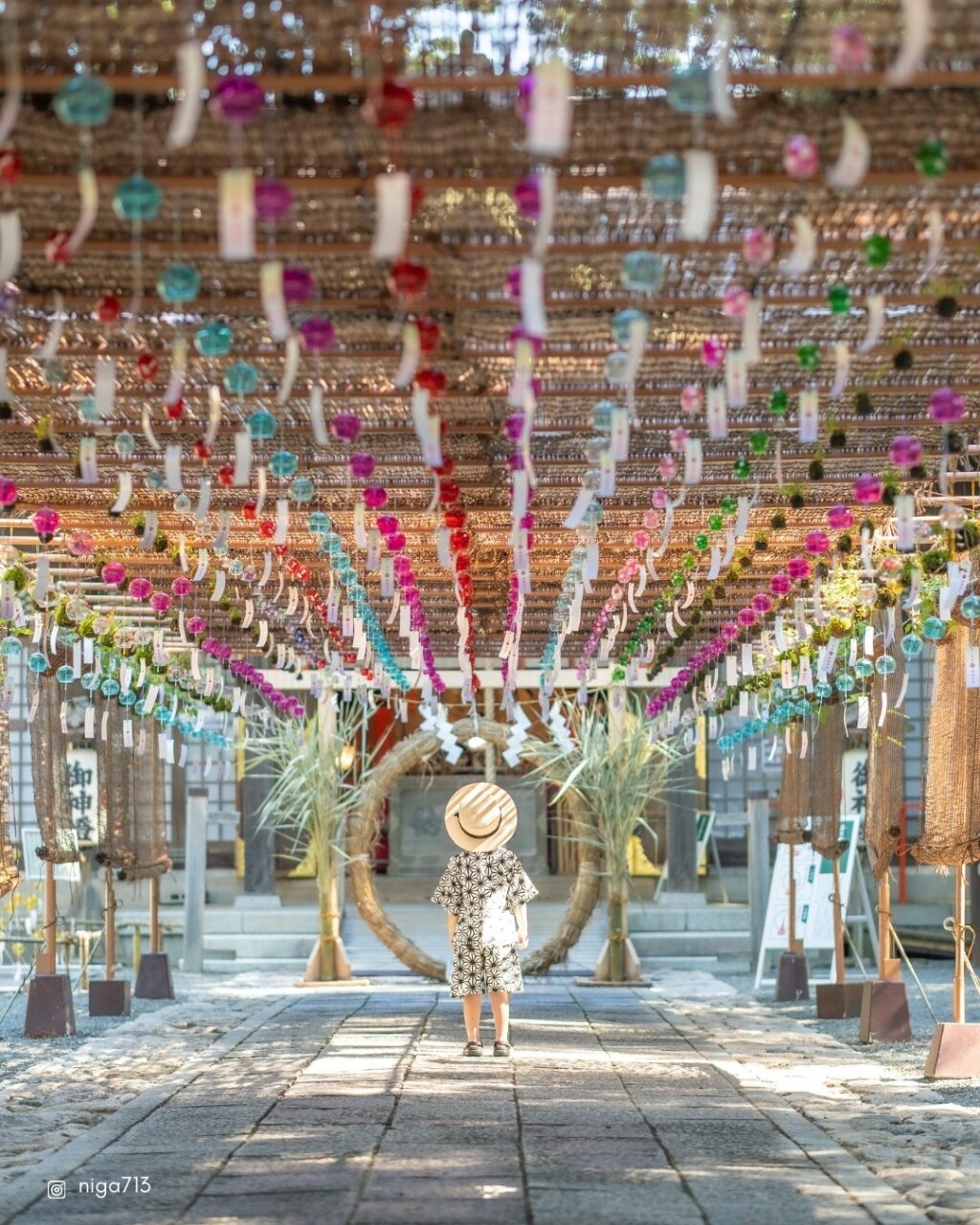
| Website | https://kunitamajinjya.com/(Japanese) |
|---|---|
| Contact | Kunitama Shrine |
| Best Season | All Year |
| Opening Hours | Opening hours: 6:00-16:30 (Shrine office hours: 8:30-16:00) |
| Parking | 20 cars |
| Access | 72-Baba Kubota Nakosomachi, Fukushima Pref. 9790141 View directions |
|---|---|
| Getting there | By Car: 5 minutes by car from the Joban Expressway Iwaki Nakoso IC 10 minutes by taxi from the JR Joban Line Nakoso Station Useful Links |

The Shinto gods of hot spring water and medicine are the enshrined deities of this shrine. This Onsen Shrine is widely thought of as being Iwaki Yumoto Onsen town’s own local Shinto deity.

Soma Nakamura Shrine, long revered for enshrining the patron deity of the Soma clan, is built on a small hill in the western area of the Nakamura Castle grounds by Baryo Park.The shrine was erected in 1643 by Soma Yoshitsune, the 18th head of the Soma family.The main shrine is a an example of Gongen Shinto architecture, in which the main hall and worship hall are connected by a passageway, and the lacquer, painting, and metal fixtures are authentic representations of its Kan'ei era construction.The shrine was designated as a national important cultural property in 1984.
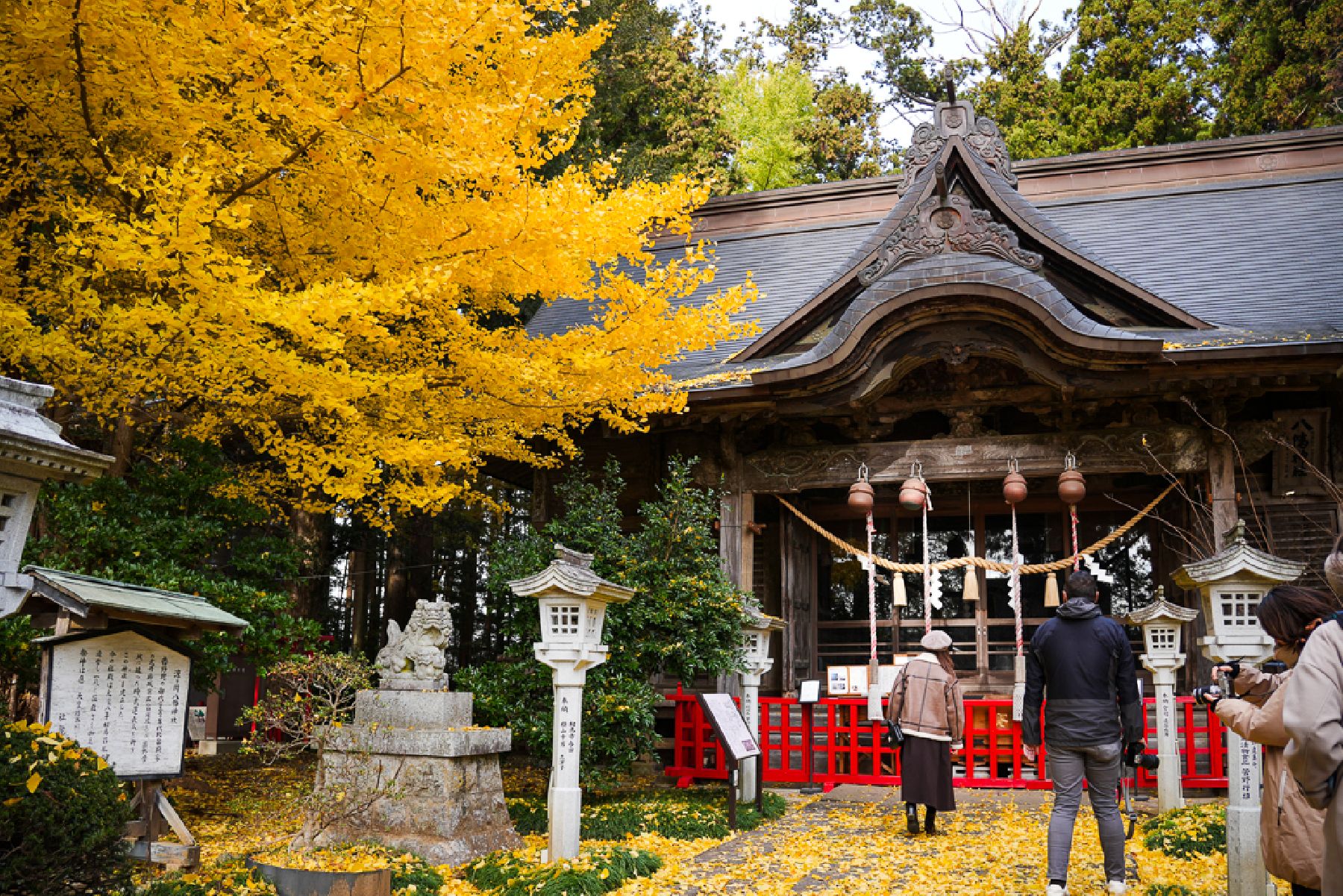
Founded over seven hundred years ago, Suzumigaoka Hachiman Shrine came under the aegis of the Soma clan in the sixteenth century, whereupon warlord Soma Masatane rebuilt its halls with zelkova wood. It was known as Soma Nikko at the time for being the northern equivalent of Nikko's Toshugu Shrine.Hachiman shrines are devoted to the warrior deity of the same name, seen historically as a protector of the nation, as well as someone prayed to for protections from illness and success in personal life.The shrine is an excellent trip both in spring, when the road leading to the shrine is sheltered with parallel rows of cherry trees, or in autumn, when the great gingko tree by the shrine building is a vibrant yellow.
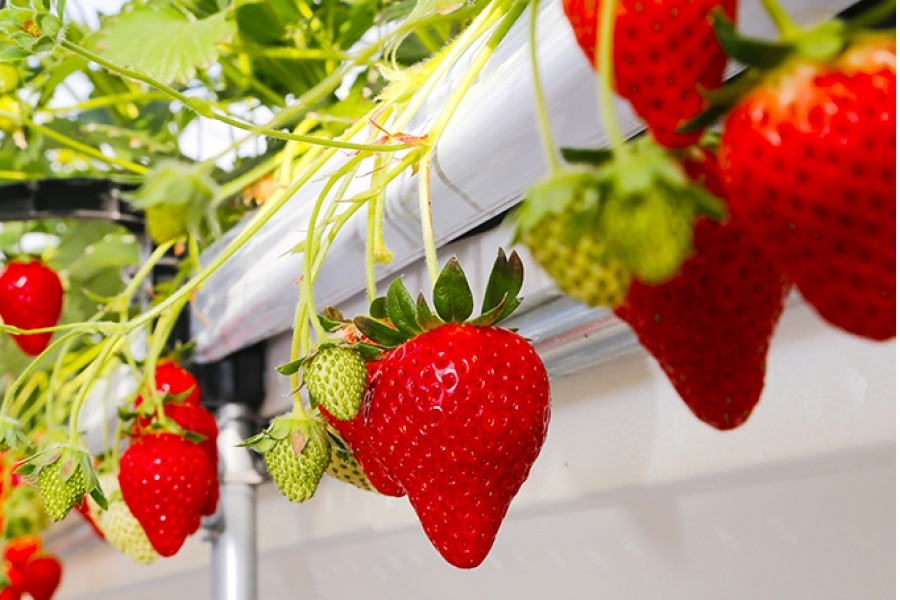
Pick your own strawberries at one of the 11 farms within walking distance of the Wada Strawberry Tourism Association office. Strawberry picking season is from December to mid-May. Visit Wada Strawberry Tourism Association during this time to take part in an all-you-can-eat 30 minute strawberry picking experience!

The Shinto gods of hot spring water and medicine are the enshrined deities of this shrine. This Onsen Shrine is widely thought of as being Iwaki Yumoto Onsen town’s own local Shinto deity.
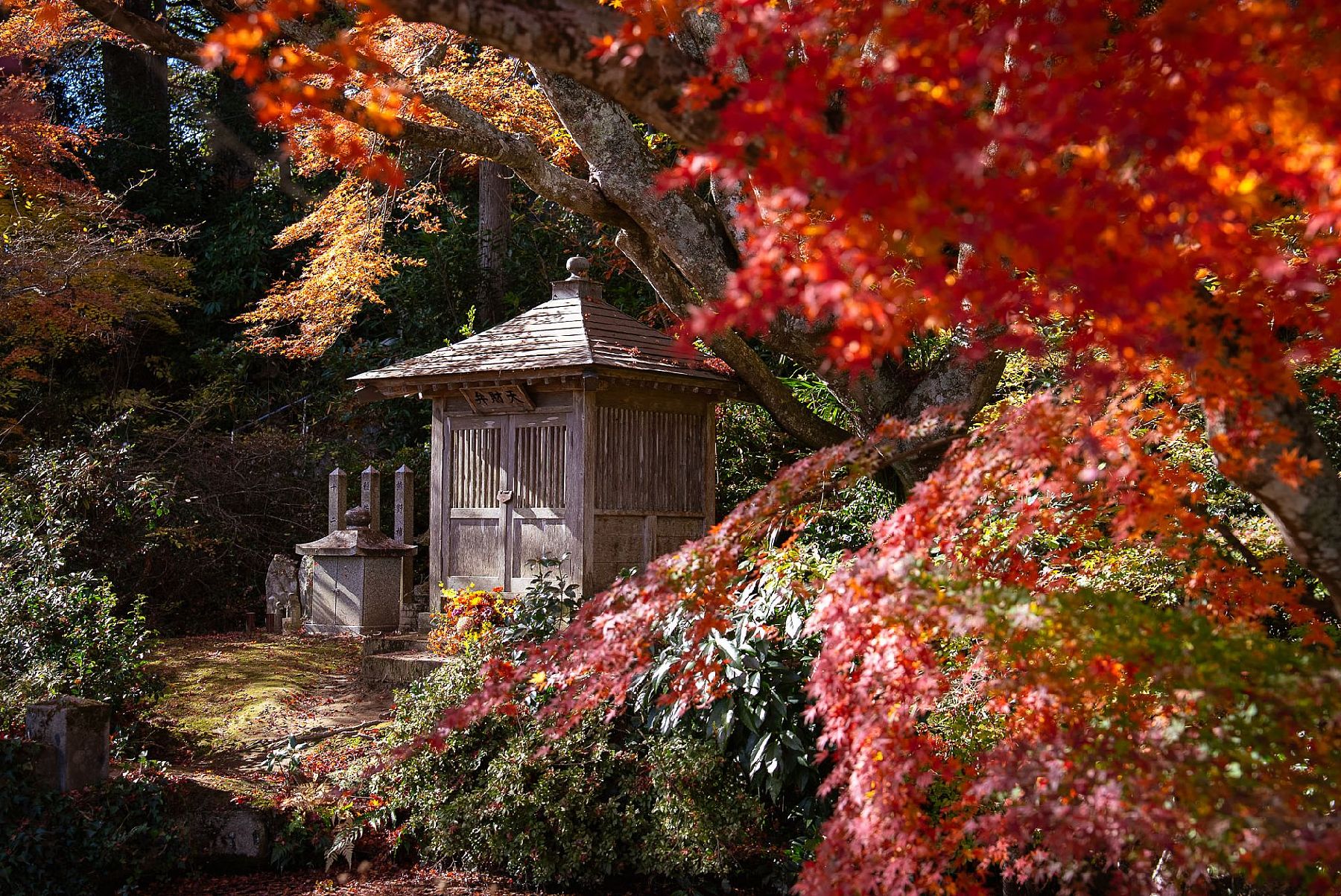
Hozoji Temple is one of the oldest and most historically significant temples in the Soma region, known for its vivid autumn colours. According to tradition, it was founded in 801 AD by the military commander Sakanoue no Tamuramaro as a place to pray for success in his eastern campaigns.Although detailed records from its earliest centuries have largely been lost, the temple’s existence is attested in a few surviving documents from the 10th to 13th centuries, indicating its long-standing presence in the area. Over time, Hozoji Temple became closely tied to the spiritual life of the region and continued to develop through periods of reconstruction and renewal.The temple grounds are known for their natural beauty, especially the large fir trees - some over 400 years old - and numerous maple trees that grow throughout the property. These maples have long been admired for their striking autumn colors, and historical accounts suggest that generations of Soma clan lords once visited the temple to enjoy the seasonal foliage.In addition to its autumn scenery, the temple is also home to several varieties of cherry blossoms that bloom even during the colder months, offering visitors a chance to experience seasonal landscapes throughout the year.Architecturally, Hozoji Temple reflects the layers of its long history. The Niomon Gate, constructed in 1647 by Soma Yoshitane, the second-generation leader of the Soma clan, is one of the site’s most notable surviving structures.Today, Hozoji continues to attract visitors, photographers, and locals who come to enjoy both its historical atmosphere and its natural surroundings. In recent years, an evening illumination event held during the autumn foliage season has become a popular way to experience the temple’s grounds in a different light. The illuminations are typically held across one weekend in late November (for reference, the 2025 illuminations took place on the three-day weekend of 22-24 November.)
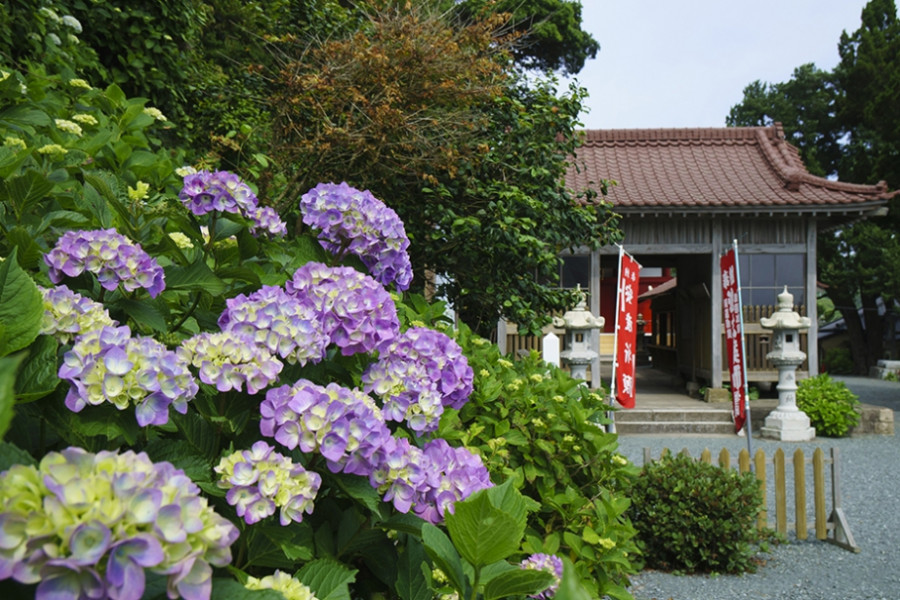
In the year 806, the holy priest Tokuichi constructed Hattachi-Yakushi Temple as a place of worship for the Buddhist deity who has the ability to ensure the safe voyage of seafarers. The temple grounds are extremely beautiful in spring when the hydrangeas bloom, earning the temple the local nickname ‘Hydrangea Temple’. In front of Hattachi-Yakushi Temple is Bentenjima Island and Shrine, and the Hattachi Coastline, which connects the mainland with the island. The Hattachi Coast is covered in unique gravel, which has traditionally been thought to have healing properties. However, removing a stone and bringing it home can have the opposite effect.

Iwana no Sato is well-suited for family trips! Try out fishing ‘Iwana’ (charr fish), and enjoy the picturesque scenery of Japanese-style gardens, watermills, & other traditional Japanese architecture. There is an onsite restaurant, areas for having a BBQ, and even accommodation too. Iwana no Sato is close to Tenzan Bunko and Café Amazon, popular spots among tourists visiting Kawauchi Village.